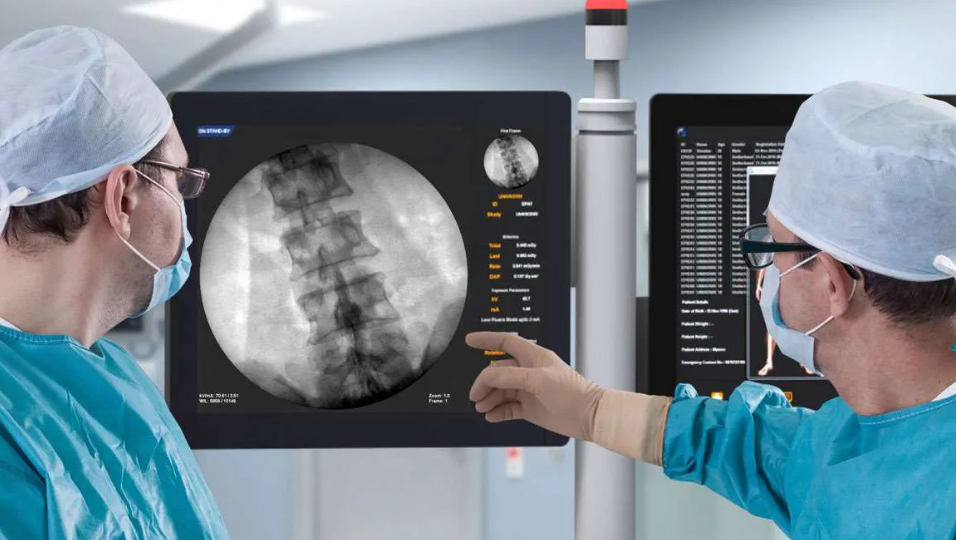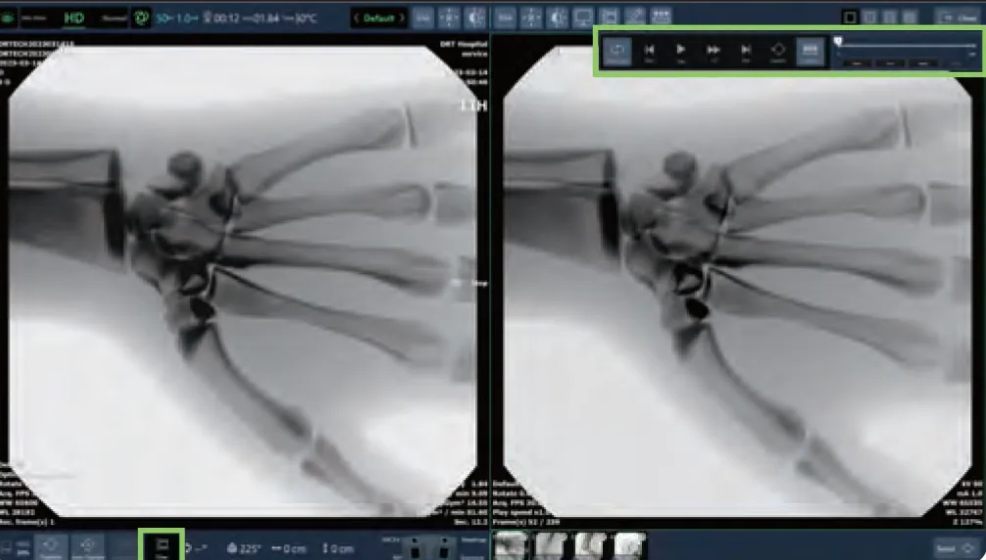A Comparative Analysis of Medical Imaging Technologies
C-arms and traditional imaging systems play crucial roles in medical diagnostics and procedures. These tools help doctors see inside the body without surgery. But they differ in cost and features.
C-arms are mobile X-ray machines shaped like the letter C. They’re used in operating rooms and clinics. Traditional imaging systems include fixed X-ray rooms and CT scanners. C-arms often cost less than traditional imaging systems, making them a good choice for smaller hospitals and clinics.
When picking between C-arms and traditional imaging, price isn’t the only factor. Image quality, radiation dose, and ease of use also matter. Each type of machine has its strengths and best uses in medical care.
Medical Imaging Technologies Overview
Medical imaging technologies have revolutionized healthcare by providing non-invasive and pain-free diagnostic tools. These technologies enable healthcare professionals to visualize the internal structures of the body, allowing for accurate diagnoses and effective treatment plans. Medical imaging encompasses a variety of techniques, including X-ray, computed tomography (CT), magnetic resonance imaging (MRI), ultrasound, and positron emission tomography (PET). Each of these technologies has unique advantages and applications, making them indispensable in medical specialties such as radiology, cardiology, oncology, and orthopedics. For instance, X-rays are commonly used for bone imaging, while MRI is preferred for soft tissue evaluation. The continuous advancements in medical imaging have significantly improved patient care and outcomes.

Cost Analysis
C-arms and traditional imaging systems have different price points. C-arms often cost less upfront than larger X-ray machines. Prices can range from $50,000 to $150,000 for new C-arms. New equipment often includes warranties and the latest features, while refurbished machines can provide significant savings, albeit with potential maintenance challenges that could equal the total cost of ownership over time.
When purchasing an X-ray machine, it is important to consider multiple factors, including long-term costs, features, and negotiation with suppliers. Refurbished C-arms offer a cheaper option. They may cost 30-50% less than new models. This makes them attractive for smaller clinics or practices on a budget.
Image quality is a key factor in cost. Higher-end C-arms produce clearer images but come with a bigger price tag. Lower-cost models may have slightly lower image quality.
Ongoing costs are important to consider. C-arms usually have lower maintenance costs than traditional X-ray rooms. They require less space and power, reducing operational expenses.
Radiation dose impacts long-term costs. C-arms with dose reduction features may cost more initially. But they can save money by lowering staff exposure and potential health risks.
Service contracts and warranties affect total ownership costs. Extended warranties might increase upfront costs but can save money on repairs later.
Financing options can make C-arms more affordable. Many vendors offer leasing or payment plans to spread out the cost over time.

How to Save Money When Buying a C-Arm Machine
Purchasing a C-arm machine can be a significant investment for medical facilities, but there are several strategies to save money. One effective way is to consider refurbished or used machines, which can offer substantial cost savings without compromising on quality. Negotiating with suppliers and manufacturers can also help secure a better price, especially if you are purchasing multiple units or have a long-term relationship with the vendor. Opting for a machine with fewer features or a lower-end model can be more affordable while still meeting your clinical needs. Additionally, leasing or renting a C-arm machine can provide flexibility and reduce upfront costs, making it easier for facilities to manage their budgets. By exploring these options, medical facilities can acquire the necessary equipment without overspending.
C-Arms Cost Vs Traditional Imaging
C-arm technology offers several advantages over traditional imaging systems. These mobile X-ray devices provide real-time imaging during surgical procedures, enhancing precision and efficiency.
One key benefit is maneuverability. C-arms are compact and easily moved around the operating room, allowing for flexible positioning. This mobility can improve patient throughput in busy medical facilities.
Cost considerations vary between C-arms and traditional imaging equipment:
Initial investment: C-arms often have lower upfront costs
Maintenance: C-arms may require less maintenance due to simpler design
Space requirements: C-arms need less dedicated space, potentially reducing facility costs
Image quality is a crucial factor. Modern C-arms provide high-resolution images with lower radiation exposure. This balance of quality and safety is important for both patients and medical staff.
GE Healthcare and other manufacturers offer a range of C-arm models to suit different imaging requirements. Features like advanced fluoroscopy and user-friendly interfaces can justify higher costs for some facilities.
When comparing costs, consider long-term value. C-arms’ versatility and efficiency may offset higher initial prices for some healthcare providers. Each facility must evaluate its specific needs and budget constraints.